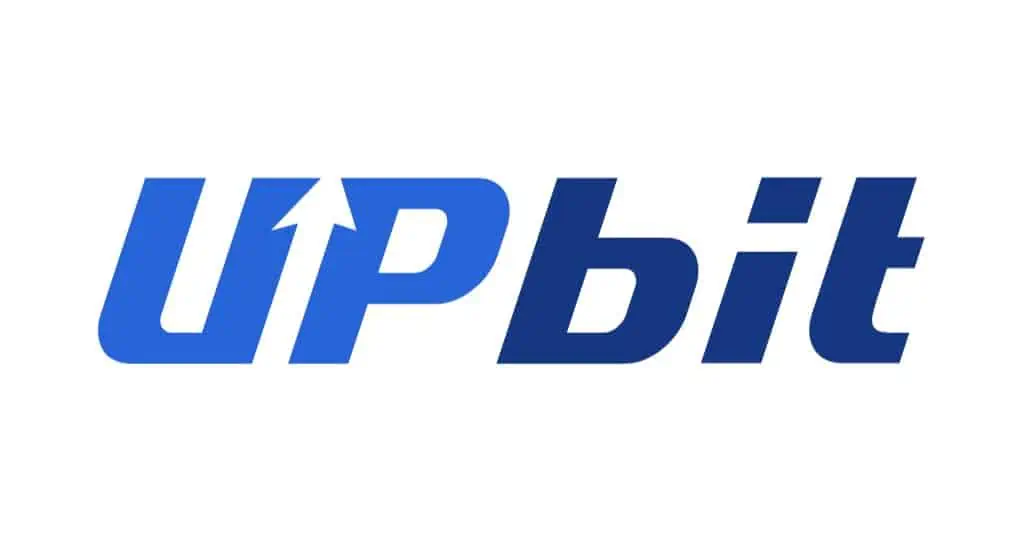AI researchers at Stanford and the University of Washington have allegedly pulled off what no one thought possible—they built an AI model called s1 for under $50 in cloud computing credits, according to a research report released Monday.
The s1 model reportedly delivers performance on par with top-tier reasoning models, including OpenAI’s o1 and DeepSeek’s R1, according to benchmarks on math and coding tests. Even better, the entire project is available on GitHub—code, data, and all.
The team started by grabbing an off-the-shelf model instead of building something new. From there, they fine-tuned it through a process called distillation. According to their research, they distilled the reasoning power from Google’s Gemini 2.0 Flash Thinking Experimental model.
They trained s1 to mimic Gemini’s problem-solving techniques by learning from its answers. “We aimed for simplicity,” said Niklas Muennighoff, one of the Stanford researchers involved.
Small dataset, big results
Distillation is quickly becoming a weapon of choice for AI teams looking to cut costs. A similar AI model developed last month by Berkeley researchers cost $450 to train—still cheap by industry standards. But Stanford and UW took it a step further, reducing costs to about $50 by distilling their model with a smaller dataset and streamlined techniques.
The researchers handpicked just 1,000 questions, each paired with detailed answers and step-by-step reasoning from Google’s Gemini 2.0. This dataset provided all the knowledge s1 needed to perform at a high level. According to the team’s paper, the model learned how to think through problems.
Supervised fine-tuning, or SFT, was key to making this work. Instead of using reinforcement learning, which requires huge datasets and tons of computing power, the researchers opted for SFT, a method where the AI is directly trained to mimic behaviors found in the dataset. It’s cheaper and faster, and in this case, it worked.
The base model came from Qwen, the AI lab owned by Alibaba. Their off-the-shelf model was free to download, making the project even more budget-friendly. In less than 30 minutes and using just 16 Nvidia H100 GPUs, the team finished training s1. “We could rent the necessary compute for about $20 today,” Muennighoff said.
“Wait” command boosted s1’s accuracy
The researchers reportedly included a clever trick to improve s1’s reasoning: they added the word “wait” during problem-solving. By telling the model to pause and double-check its work, they increased accuracy. The research paper details how this tweak gave s1 enough time to consider better answers before submitting them.
OpenAI is watching closely. They’ve already accused DeepSeek of improperly harvesting data from their API to build AI competitors. With s1 showing how cheap replication can be, big players like OpenAI aren’t thrilled. The commoditization of AI models could hurt their bottom line.
But the tech company has other problems. On Tuesday, Elon Musk’s legal team faced off against OpenAI in an Oakland federal courtroom. Elon, who was an early investor in OpenAI, claims the company abandoned its nonprofit mission and betrayed its original goals.
He’s suing to block their transition into a fully for-profit business. Elon’s lawyer, Marc Toberoff, told the court on Friday that Elon invested $45 million into OpenAI between its founding and 2018 cause he believed it would always prioritize public benefit over profits, just like it said it would in the beginning.
Judge Yvonne Gonzalez Rogers called it a “stretch” and questioned why Elon would even invest that much money without a written contract. “That is just a lot of money on a handshake,” she mocked. Attorney Toberoff then explained that Elon and OpenAI’s CEO, Sam Altman, had a close relationship at the time, and everything was built on trust.
But the case isn’t dead yet. The judge is concerned about OpenAI’s close relationship with Microsoft. Two key players—LinkedIn co-founder Reid Hoffman and Microsoft executive Deanna Templeton—were involved with OpenAI’s board. Templeton was added as a non-voting member after Altman’s brief ouster in 2023 but was later removed amid antitrust concerns.
Elon wants to stop their plans and potentially gain more control over the company through his own AI venture, xAI, which he added as a plaintiff in the case. OpenAI argues that Elon’s request would cripple its business and is based on “far-fetched” claims.
Cryptopolitan Academy: FREE Web3 Resume Cheat Sheet – Download Now
News – Cryptopolitan – Read More










